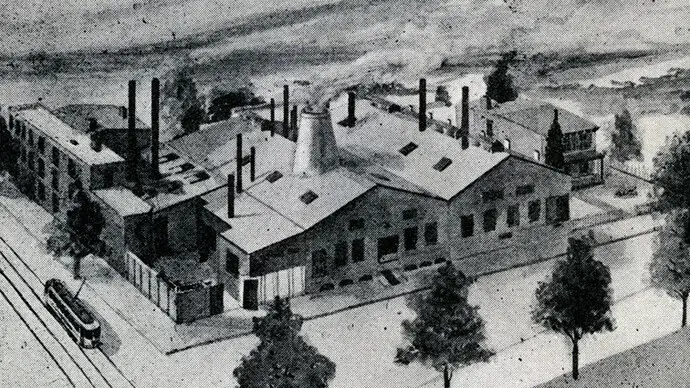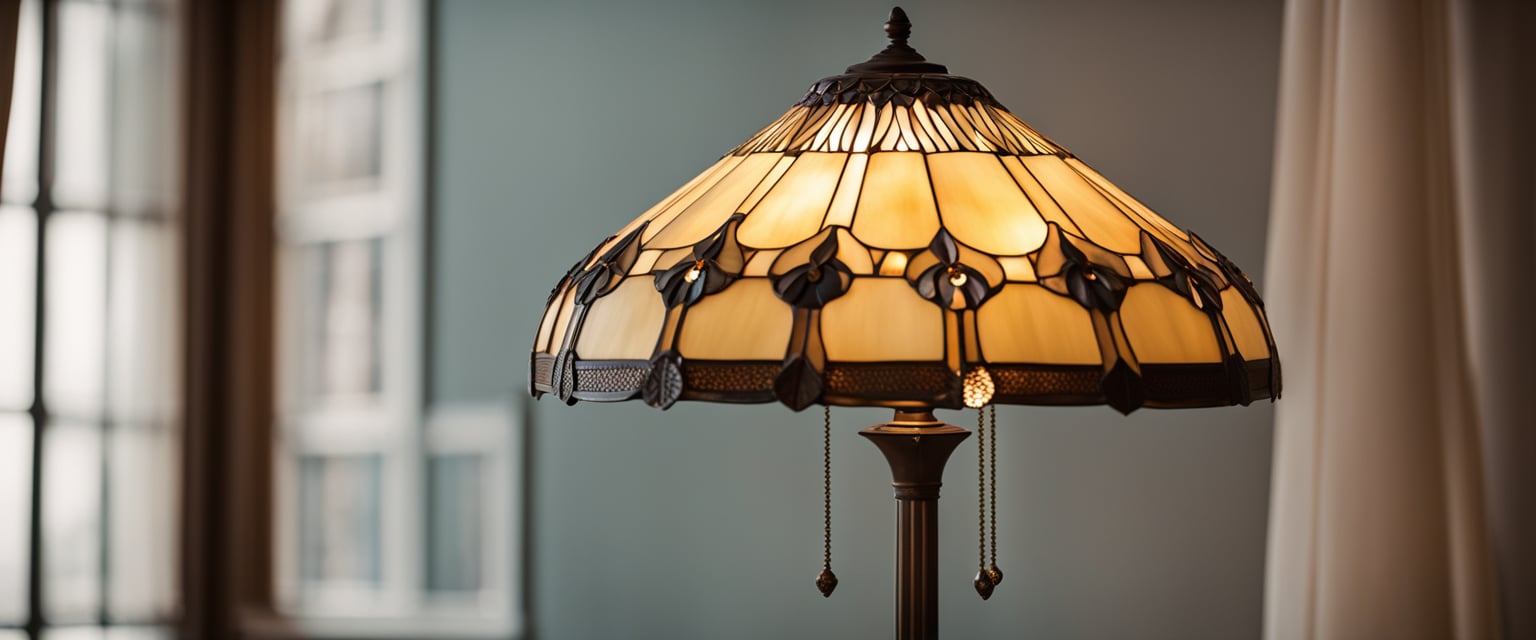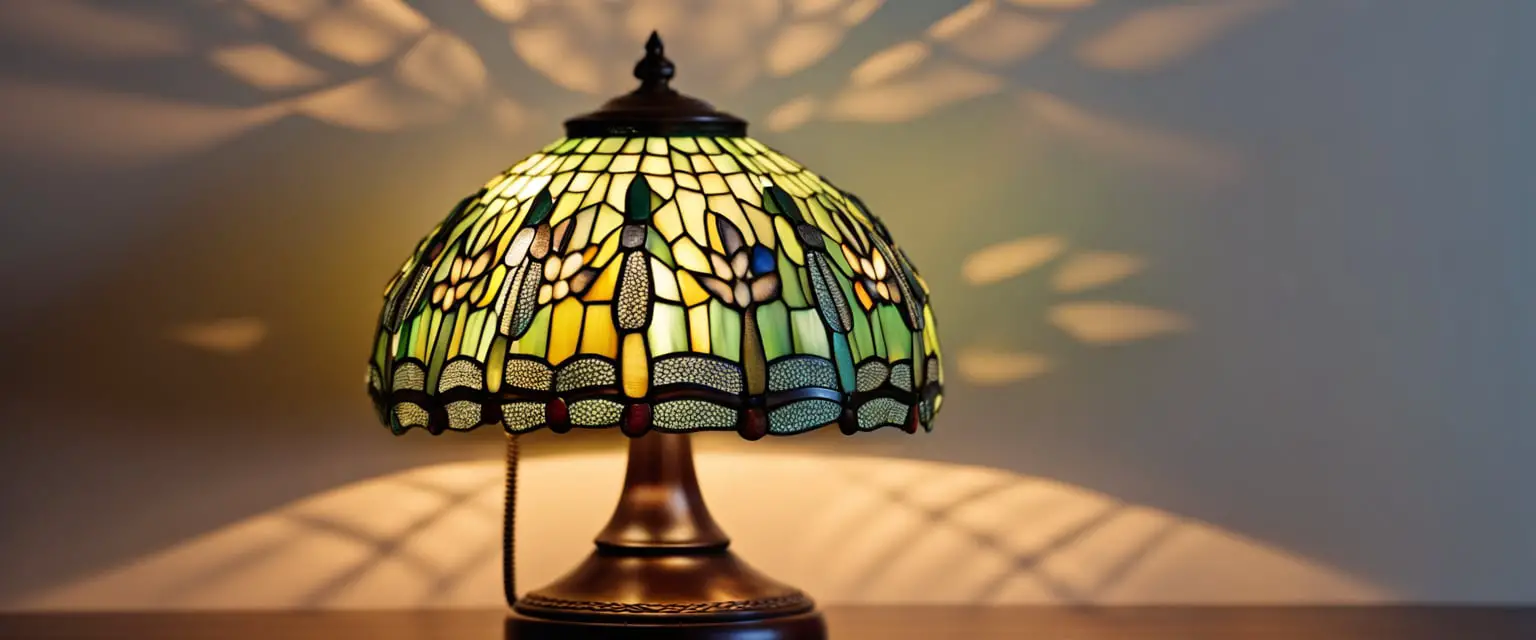The most expensive Tiffany lamps are revered for their unparalleled artistry, exquisite craftsmanship, and historical significance, commanding astronomical prices reflective of their rarity and timeless allure. The most famous of these Tiffany Lamps represent the pinnacle of opulence, with their intricate designs and exceptional quality setting them apart as coveted treasures among discerning collectors and enthusiasts alike.
This post explores the extraordinary world of the most expensive Tiffany lamps, shedding light on their remarkable beauty, historical value, and allure that captivates collectors and art aficionados. Whether you’re a connoisseur of fine art or simply intrigued by the extraordinary, delving into the realm of the most expensive Tiffany lamps will unveil the pinnacle of Tiffany’s craftsmanship and the enduring appeal of these iconic treasures.

Understanding Tiffany Lamps
Table of Contents
Tiffany lamps are some of the world’s most sought-after and valuable antique lamps. They are known for their intricate designs, high-quality craftsmanship, and unique materials.
In this section, we will explore the history, design, and materials of Tiffany lamps.
History and Origin
Louis Comfort Tiffany first created Tiffany lamps in the late 19th century. Tiffany was a renowned artist and designer known for his work in stained glass windows.
He founded Tiffany Studios in 1902, which became famous for its beautiful lamps and other decorative objects.
Tiffany lamps were inspired by the Art Nouveau movement, which emphasized nature-inspired motifs and flowing lines. Tiffany’s lamps often featured floral and insect designs and other natural elements like shells and peacock feathers.
Design and Craftsmanship
One of Tiffany lamps’ most distinctive features is their use of the copper foil technique. This technique involves wrapping each piece of glass in copper foil and then soldering the pieces together to create the lampshade.
This process allowed Tiffany to create lamps with intricate, three-dimensional designs that were impossible with traditional stained glass techniques.
Tiffany lamps were also known for their high-quality craftsmanship. Each lamp was carefully crafted by skilled artisans in Tiffany’s glassmaking studio, using techniques perfected over generations of European and Asian craftsmanship.
Materials and Techniques
Tiffany lamps used various materials, including glass, bronze, and other metals. One of the most famous types of glass used in Tiffany lamps is Favrile glass, which Tiffany himself created.
Favrile glass has a distinctive iridescent quality that makes it shimmer and change color in the light.
In addition to the copper foil technique, Tiffany lamps were created using other methods, such as acid etching and enameling. These techniques allowed Tiffany to create lamps with even more intricate designs and textures.
Determining Tiffany Lamp Value
Determining the value of a Tiffany lamp can be a complex process that requires careful consideration of various factors.
While Tiffany lamps are highly sought after and can fetch high prices at auction, their worth can vary widely depending on several factors.
Factors Influencing Worth
Several factors, including rarity, age, condition, and design, influence a Tiffany lamp’s value.
A lamp’s rarity can significantly impact its worth, with more unique and hard-to-find pieces often commanding higher prices. Age is also a significant factor, with older lamps generally being more valuable than newer ones.
Design is another critical factor in determining the value of a Tiffany lamp. Some designs are more popular and sought after than others, and lamps with intricate and detailed designs can be worth more than simpler ones.
The materials used in the lamp, such as glass and metalwork, can also impact its value.
Authenticity and Provenance
The authenticity and provenance of a Tiffany lamp are crucial in determining its value.
A lamp confirmed to be an original Tiffany creation is worth significantly more than a fake or reproduction. The presence of a signature or maker’s mark can also increase the value of a lamp.
Provenance, or the history of ownership, can also impact the value of a Tiffany lamp. Lamps with a well-documented history of ownership by notable individuals or institutions can be worth more than those with unknown or questionable provenance.
Condition and Restoration
The condition of a Tiffany lamp is another critical factor in determining its value.
Lamps in excellent condition, with little to no damage or wear, can be worth significantly more than those with significant damage or restoration. The presence of original parts and finishes can also impact the value of a lamp.
Restoration can also impact the value of a Tiffany lamp. While some restoration work can increase the value of a lamp, poorly executed or extensive restoration can decrease its worth.
It is essential to consider the quality and extent of any restoration work before determining a lamp’s value.
Iconic Tiffany Lamp Designs
Tiffany lamps are renowned for their intricate designs and beautiful craftsmanship. Here, we will explore some of the most famous lamp styles and signature motifs and patterns that have made Tiffany lamps iconic.
Famous Lamp Styles
Tiffany lamps come in various styles, each with its unique design and features.
Some of the most famous styles include:
Dragonfly lamps: feature colorful wings made from stained glass and are often set against green foliage.
Wisteria lamps: These lamps feature cascading clusters of wisteria blossoms in shades of purple and blue.
Peony lamps: These lamps feature large, bold peony blooms in shades of pink and red.
Oriental Poppy lamps: These lamps feature vibrant red poppies set against green foliage.
Aquatic Fish lamps: These lamps feature leaded glass fish swimming in a sea of blue and green.
Pond Lily lamps: These lamps feature delicate lily pads and flowers in shades of green and white.
Signature Motifs and Patterns
Tiffany lamps are also known for their signature motifs and patterns, which have become synonymous with the brand.
Some of the most famous motifs and patterns include:
Geometric patterns: These patterns feature clean lines and simple shapes, often in shades of amber, green, and blue.
Flowers: Tiffany lamps are known for their intricate floral designs, featuring everything from delicate blooms to bold, colorful blossoms.
Confetti glass: This type of glass features small, colorful chips of glass fused to create a unique, textured look.
The Market for Tiffany Lamps
Tiffany lamps are highly sought after by collectors and enthusiasts alike due to their intricate designs, high-quality craftsmanship, and historical significance.
As a result, the market for Tiffany lamps is robust, with prices ranging from a few thousand dollars to millions of dollars for the rarest and most valuable pieces.
Antique Dealers and Auctions
Antique dealers and auction houses are the primary sources for purchasing original Tiffany lamps. These lamps are considered rare and expensive, with some pieces fetching millions of dollars at auction.
In general, the value of a Tiffany lamp is determined by its age, condition, rarity, and design. The most valuable lamps are those produced during the height of Tiffany Studios’ production in the late 19th and early 20th centuries.
Reproductions and Fakes
Reproductions and fakes of Tiffany lamps are also available on the market, often at a fraction of the cost of an original. These lamps are designed to mimic the look and feel of an original Tiffany lamp but are not made by Tiffany Studios.
While some reproductions are of high quality and can be a good option for those who cannot afford an original, others are poorly made and may be difficult to distinguish from fakes.
Investing in Tiffany Lamps
Tiffany lamps are considered a luxury investment, with the potential for significant returns for those who invest wisely. However, it is essential to research and work with reputable dealers and auction houses to ensure you are purchasing an authentic piece.
Additionally, investing in Tiffany-style lamps or reproduction Tiffany lamps may not yield the same returns as investing in an original Tiffany lamp.
Record-Breaking Tiffany Sales
Tiffany lamps are known for their intricate designs, high-quality craftsmanship, and timeless beauty. They are also known for their high value, with some lamps fetching millions of dollars at auction. In this section, we will explore some of the most notable sales of Tiffany lamps and discuss why these lamps are so valuable.
Most Expensive Tiffany Lamps
The most expensive Tiffany lamp ever sold is the Pink Lotus lamp, which fetched $2.8 million at a Christie’s auction in 1997. The lamp is regarded for its rarity and intricate design, featuring a pink and white lotus flower on a bronze base. It is now part of the Metropolitan Museum of Art in New York City.
Other notable expensive Tiffany lamps include the Pond Lily lamp, which sold for $3.37 million at a Christie’s auction in 2021, breaking the previous record set by the Pink Lotus lamp.
The Pond Lily lamp is a stunning piece. It features a bronze and glass base adorned with lily pads and flowers.
Notable Auction Sales
The auction world has recently witnessed staggering bids for Tiffany lamps. Collectors and enthusiasts alike highly value these lamps, which continue to rise in value.
Some notable auction sales include:
- The sale of a Tiffany Studios Dragonfly lamp for $1.2 million at a Christie’s auction in 2011.
- The sale of a Tiffany Studios Wisteria lamp for $1.5 million at a Sotheby’s auction in 2013.
- The sale of a Tiffany Studios Peony lamp for $1.8 million at a Christie’s auction in 2015.
Maintaining and Restoring Tiffany Lamps
Tiffany lamps are a beautiful and valuable addition to any home or collection. Proper care and maintenance are essential to ensure that they retain their value and beauty.
Over time, Tiffany lamps may require restoration work to maintain their original condition.
Professional Restoration Work
Restoration work on Tiffany lamps should only be done by professionals with experience working with antique lamps.
It is important to find a reputable restorer who can provide references and has a proven track record of restoring Tiffany lamps.
Restoration may include cleaning the glass, repairing or replacing damaged pieces, and rewiring the lamp.
When restoring a Tiffany lamp, preserving the original patinated bronze base is essential.
Patinated bronze is a type of finish that gives the metal a unique and aged appearance.
It is important to avoid overcleaning or polishing the bronze base, as this can damage the patina and reduce the lamp’s value.
DIY Care and Maintenance
Regular care and maintenance are necessary to keep Tiffany lamps in good condition.
Frequently Asked Questions
What factors determine the value of a Tiffany lamp?
Several factors determine a Tiffany lamp’s value, including its age, rarity, condition, and design. Lamps in excellent condition with little damage or restoration tend to command higher prices. Similarly, lamps with unique designs or colors, or those considered rare due to limited production or low survival rates, are also more valuable.
How can I authenticate an original Tiffany lamp?
Authenticating an original Tiffany lamp can be challenging, as many high-quality reproductions and fakes are on the market.
However, there are several key features to look for:
- The signature “Tiffany Studios New York” mark on the base or shade
- The use of high-quality materials such as bronze and stained glass
- The presence of a unique design or pattern that is consistent with Tiffany’s style
What are the distinguishing features of a genuine Tiffany lamp?
Genuine Tiffany lamps are known for their high-quality craftsmanship and attention to detail. They often feature intricate designs, vibrant colors, and a range of textures and patterns that create a sense of depth and complexity.
Additionally, Tiffany lamps are typically made from high-quality materials such as bronze and stained glass and are often signed or marked with the “Tiffany Studios New York” stamp.
How do Tiffany lamp prices vary by design and era?
Tiffany lamp prices can vary widely depending on the design and era of the lamp. Generally, lamps from the early 20th century are more valuable than those from later periods, as they are considered more authentic and rare.
Additionally, lamps with unique designs or patterns, such as the Tiffany Lily lamp, can command higher prices than more common designs.
Why do some Tiffany lamps command higher prices at auction?
Tiffany lamps in excellent condition, have unique designs or patterns, or are considered rare due to limited production or low survival rates tend to command higher prices at auction.
Additionally, lamps with a well-documented provenance or history of ownership by a prominent individual or institution may be more valuable.
What are the record prices for Tiffany lamps sold at auctions?
The record price for a Tiffany lamp sold at auction is $2.8 million. This was paid for a Pink Lotus lamp at a Christie’s auction in 1997.
Other notable sales include a Peony lamp that sold for $1.8 million in 2009 and a Wisteria lamp that sold for $1.6 million in 2013.




Leave a Reply